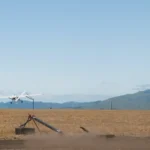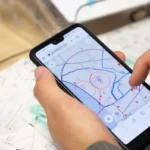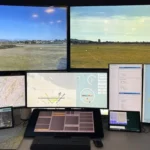ASCENT – March 2024
In this issue…
In this ASCENT March 2024 issue, you’ll hear about insights on striking a balance between innovation and safety culture in aviation; AirShare tracking uncrewed aircraft in Wisk trials; our development of a prototype situational awareness tool for unattended aerodromes; and the journey from paper-based to digital aeronautical data for Aeropath.
Fostering innovation in the aviation sector

In this interview with CANSO, Sharon Cooke shares insights on striking a balance between innovation and safety culture in aviation.
AirShare in Wisk uncrewed aircraft trials
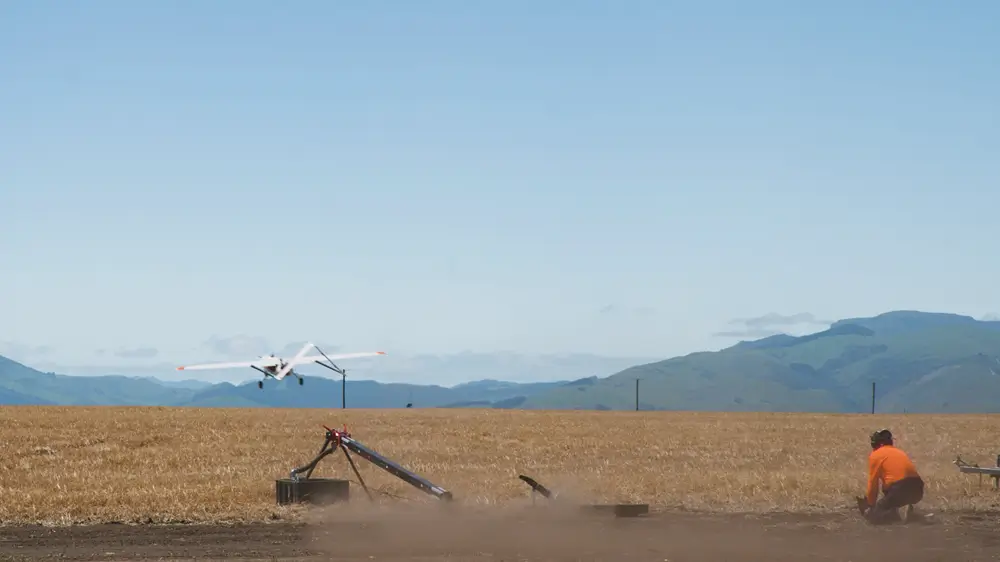
The AirShare UTM system has been used to track some groundbreaking test flights of a Wisk uncrewed aircraft in New Zealand.
Can we provide remote situational awareness for unattended aerodromes?
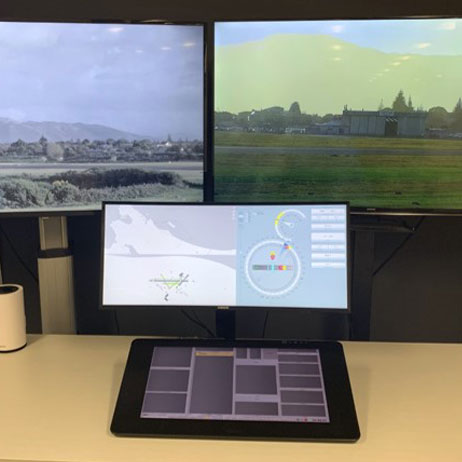
Our development of a prototype situational awareness tool for unattended aerodromes could pave the way for a far more efficient service, says Head of Aviation Services, Greg Tyrrell.
PreFlight platform takes off
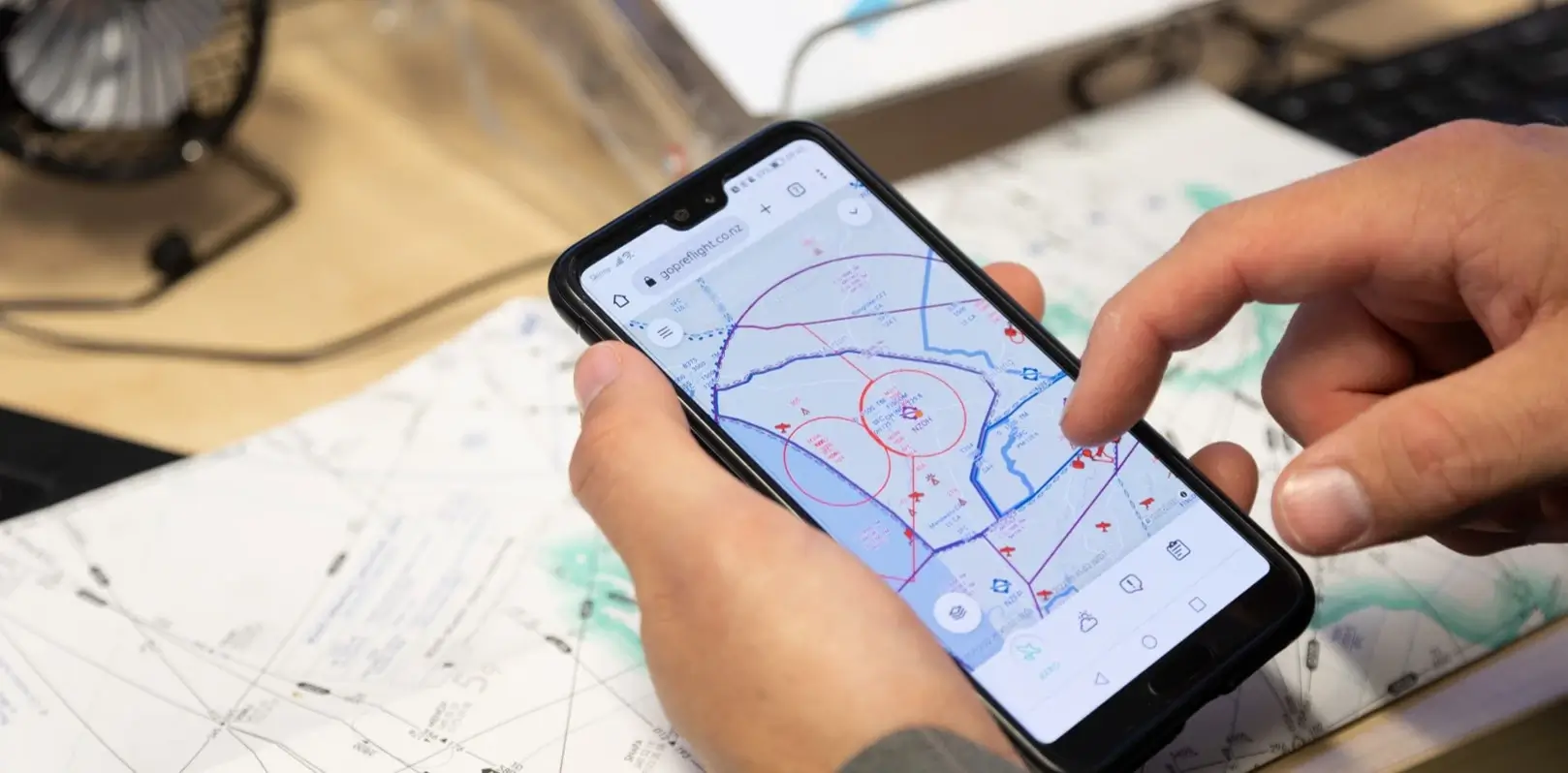
PreFlight, the one-stop aviation weather and aeronautical information tool for New Zealand pilots, is one result of the journey from paper-based to digital aeronautical data for Aeropath.


